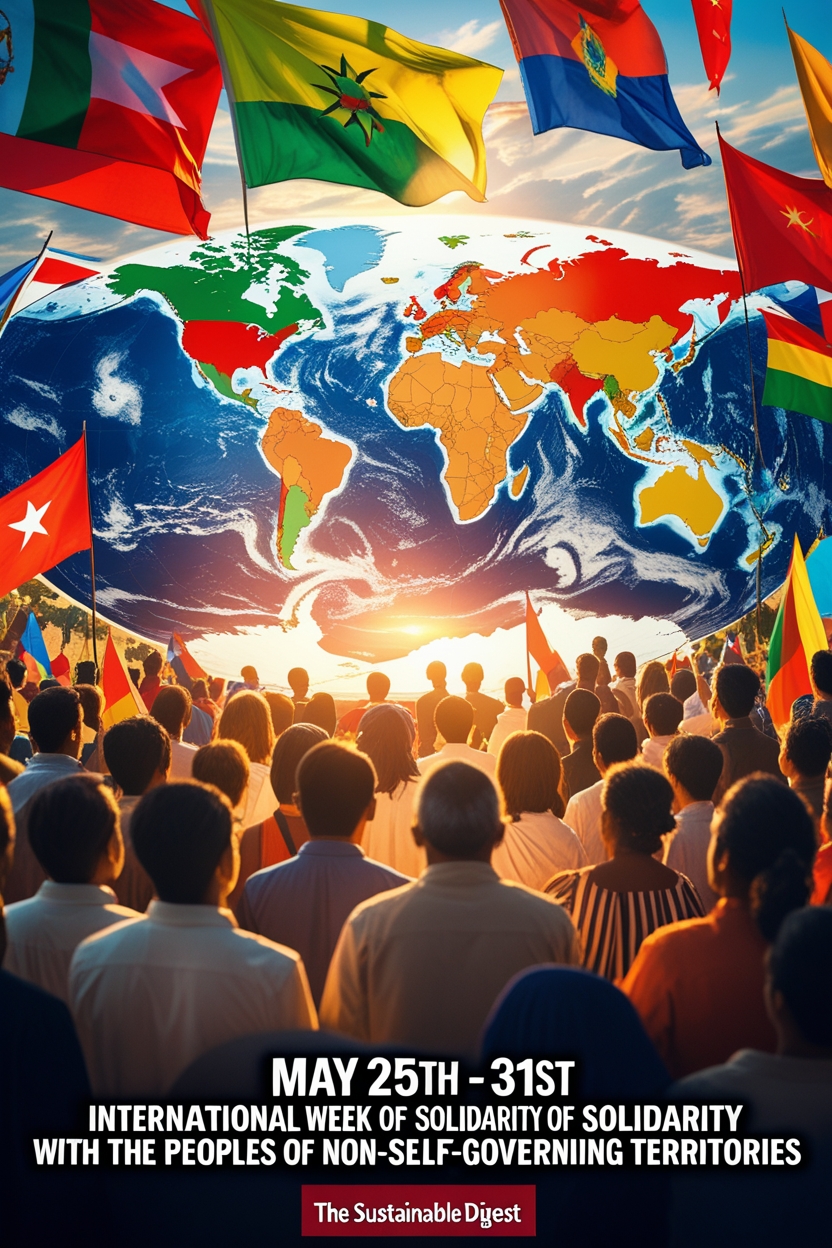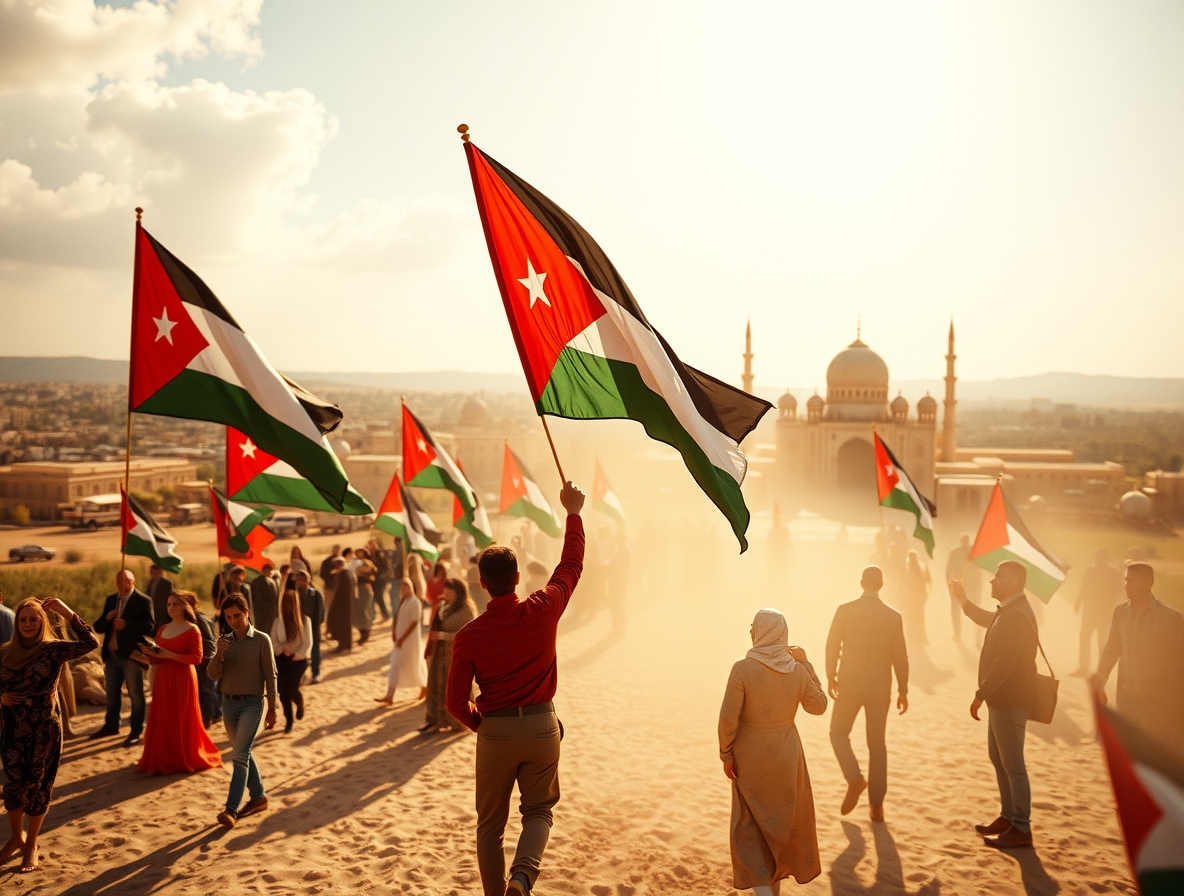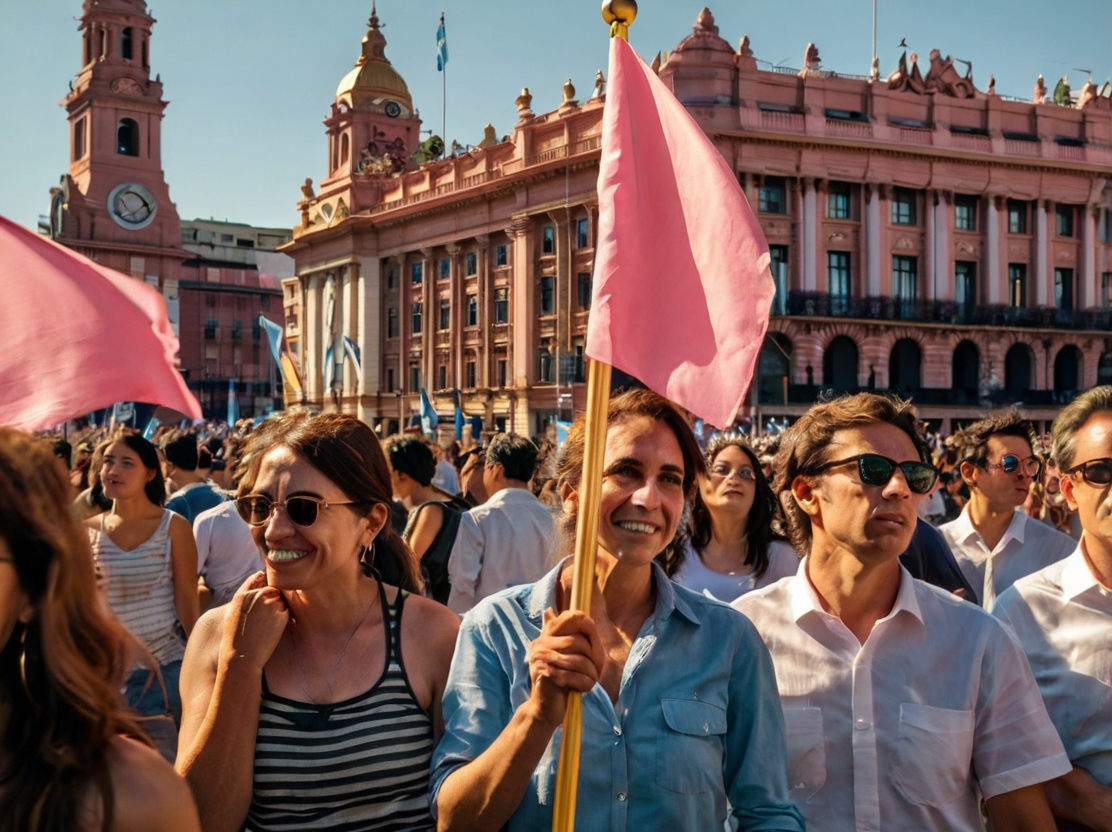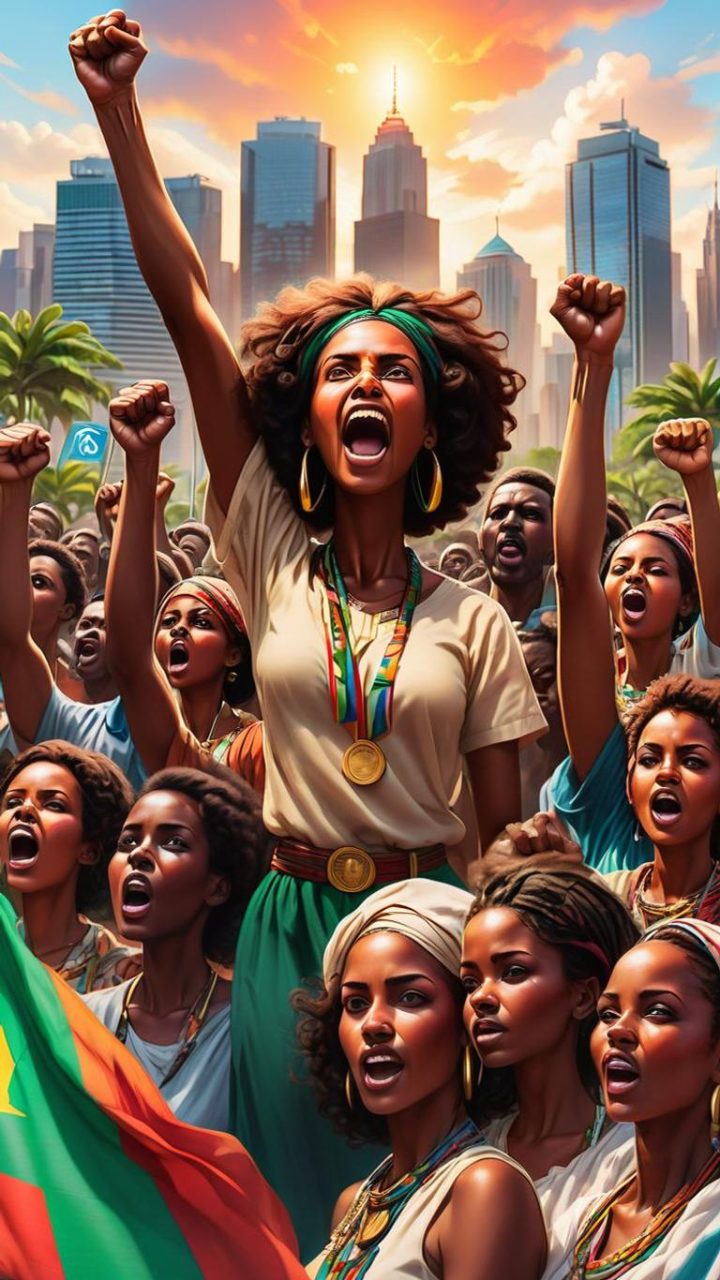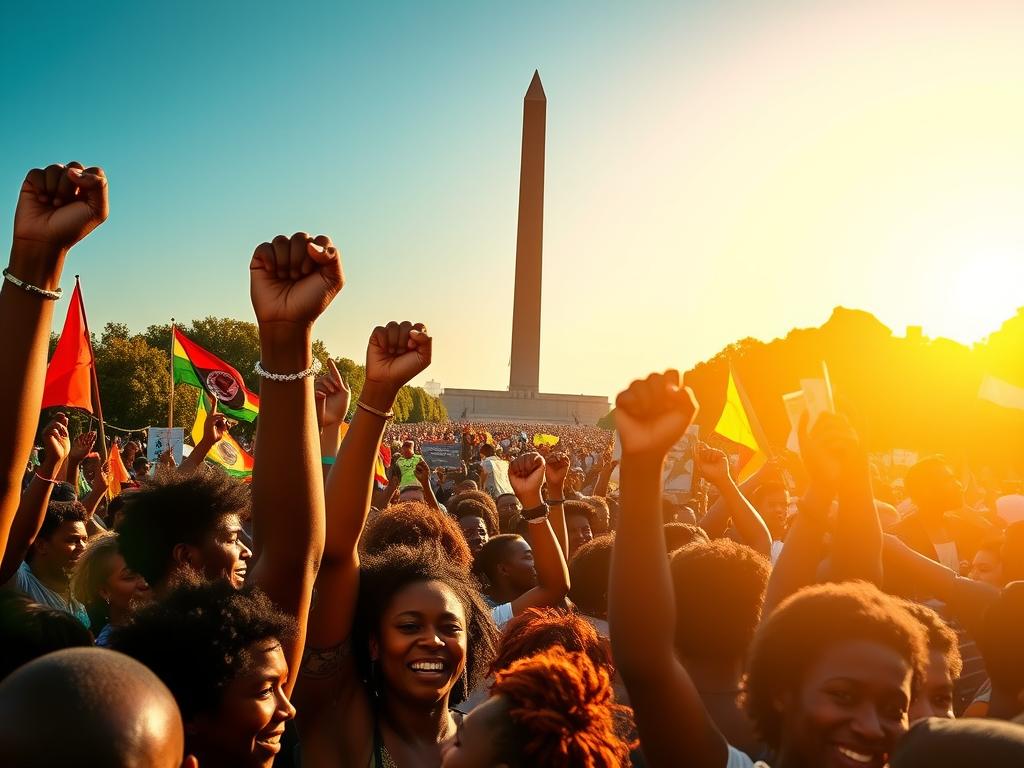
Three powerful observances mark milestones in the journey toward liberation. Each carries deep meaning for communities worldwide. These events remind people of progress made and work still ahead.
The first became a federal holiday in 2021, recognizing the end of slavery. The second commemorates democratic reforms in 1993. The third, founded in 2016, focuses on spiritual healing and reconciliation.
Frederick Douglass once said, “We have to do with the past only as we can make it useful to the present.” These celebrations do exactly that. They transform history into living lessons for today’s challenges.
Recent polls show growing awareness about these important dates. Nearly 90% of Americans now recognize one of them. This growing understanding helps unite people across different backgrounds.
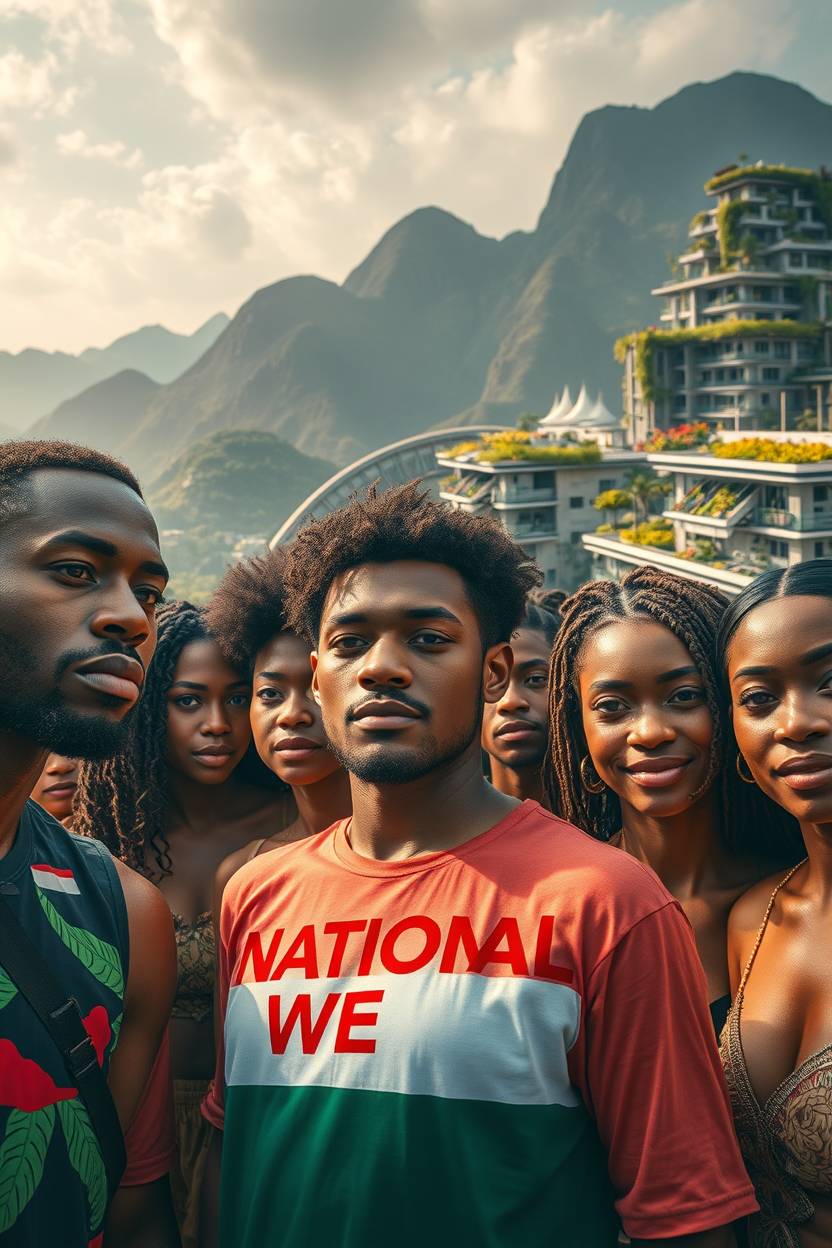
The Intersection of Liberation and Reflection
Liberation movements worldwide share deep connections through cultural remembrance. These observances honor the past while shaping futures. They reveal how struggles for justice intertwine across borders.
Honoring History Through Sankofa
The Akan concept of Sankofa—”go back and fetch it”—guides these celebrations. It teaches that understanding history strengthens community resilience. For 31 million African Americans, this philosophy fuels Juneteenth’s revival.
William H. Wiggins Jr. documented how freedom observances combat erasure. His work shows how traditions like parades and readings keep history alive.
Emancipation and Institutional Accountability
From Texas to Seychelles, emancipation took different forms. Juneteenth marked slavery’s end in 1865. Seychelles’ 1993 constitution established democratic reforms. Both milestones demanded accountability from institutions.
| Event | Key Theme | Impact |
|---|---|---|
| Juneteenth | Proto-nationalism | Revived by 1970s Black Power movement |
| Seychelles Constitution | Democratic rights | Inspired global justice movements |
| Repentance Day | Spiritual healing | Calls for reparations and reconciliation |
The 1972 African Liberation Day drew 60,000 participants. It proved collective action could redefine freedom. Today, these events continue to spark debates about reparations and equality.
Black America’s Day of Repentance: A Call to Collective Healing

A movement for collective healing emerged in 2016, blending faith with justice. Bishop Tolton, inspired by protests against police brutality, called for a national day of reflection. His vision merged Catholic teachings with social activism.
Origins in 2016: A Vision for Reconciliation
Bishop Tolton framed repentance as teshuvah—a Hebrew term meaning “return.” He emphasized that real change requires actions, not just words. The 2025 theme, “Repair. Rise. Build,” echoes this call.
Faith and Public Confession
Churches in Atlanta host multi-faith services where leaders confess historical harms. Viral TikTok videos show CEOs acknowledging systemic biases.
“Repentance is active, not passive,”
writes scholar Jonathan S. Rose.
Modern Observances
Schools teach repentance through historical literacy programs. The #RepentForBlackAmericans campaign trends annually. Below, key practices compared:
| Practice | Description | Impact |
|---|---|---|
| Vigils | Interfaith prayer gatherings | Fosters unity |
| Education | Curriculum on racial justice | Builds awareness |
| Social Media | Public confessions | Amplifies accountability |
California’s reparations efforts now align with the day’s goals. For many, it’s a step toward healing centuries of wounds.
Seychelles Constitution Day: A Global Perspective on Freedom
Democratic reforms transformed a nation’s political landscape three decades ago. The 1993 constitution empowered citizens with new freedoms while honoring cultural identity. This milestone offers lessons for global justice movements.
Birth of a Multi-Party Democracy
Seventy-three percent of voters approved the historic referendum, ending single-party rule. The document guaranteed fundamental rights like assembly and Creole language protections. Article 5 specifically recognized Seychellois Creole as a national language.
Inspired by South Africa’s anti-apartheid movement, the reforms established independent institutions. These included:
- An electoral commission ensuring fair elections
- Judicial safeguards against government overreach
- Media freedom provisions
Transatlantic Echoes of Liberation
The voting rights struggle mirrored African American battles against Jim Crow laws. Both movements overcame systemic barriers through grassroots organizing. The table below shows key parallels:
| Challenge | Seychelles Solution | U.S. Equivalent |
|---|---|---|
| Voter suppression | International election observers | 1965 Voting Rights Act |
| Language barriers | Multilingual ballots | Bilingual education programs |
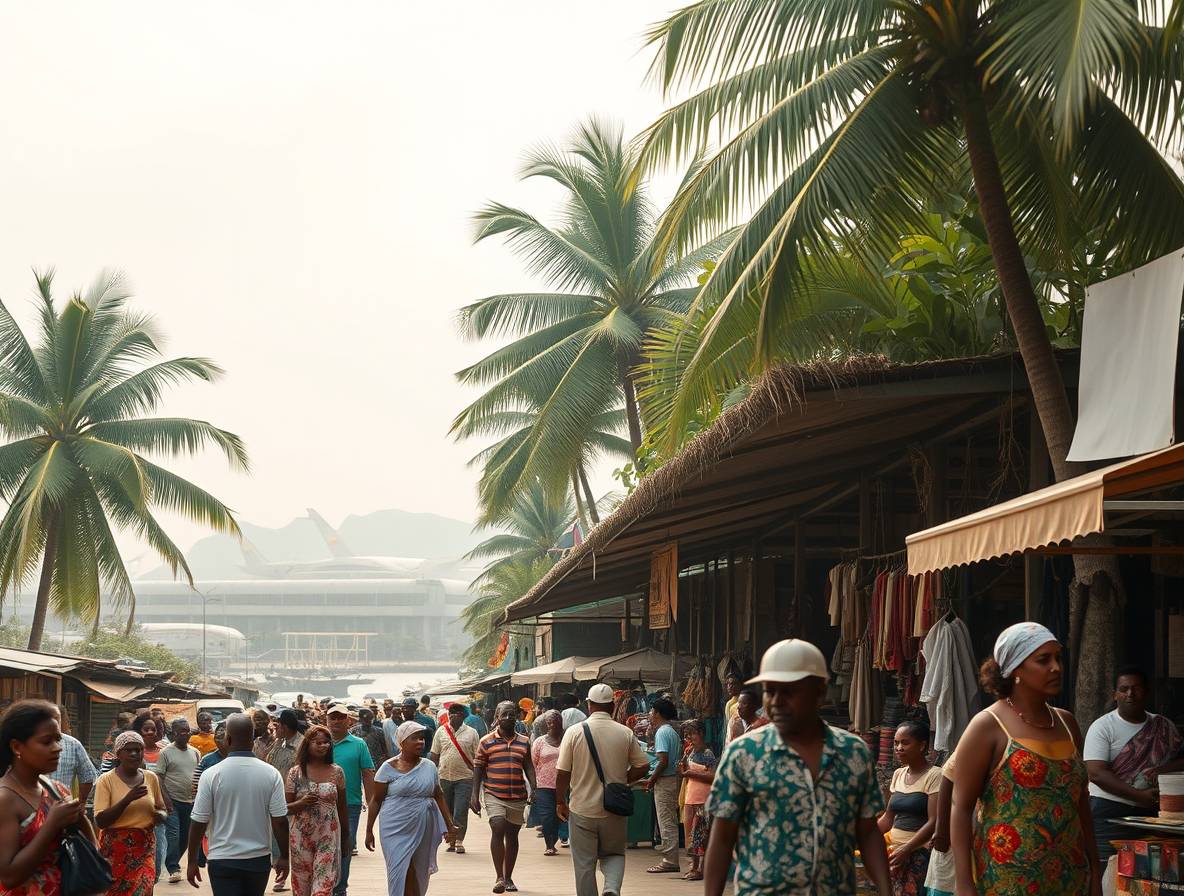
Modern connections continue through student exchange programs. Universities in Atlanta and Victoria jointly study constitutional history. The 2024 climate justice amendments also reflect shared concerns with U.S. environmental justice campaigns.
As Bishop Desmond Tutu observed, “Hope is being able to see that there is light despite all of the darkness.” These intertwined journeys toward equality prove his words true.
Juneteenth: From Regional Jubilee to Federal Holiday

Galveston’s 1865 announcement became the foundation for a cultural phenomenon. General Order No. 3, issued on June 19, marked the delayed emancipation of enslaved Texans. This pivotal event ignited annual gatherings that now span generations.
1865 Origins in Texas and General Order No. 3
Reedy Chapel AME Church hosted the first official celebration in 1866. Freed communities gathered for prayers, spirituals and songs passed down from West Africa. By 1898, Booker T. Washington Park was purchased as a permanent site for festivities.
Traditional Celebrations: Barbecues, Parades, and Spirituals
The annual celebration blends West African culinary roots with local traditions. Historian Michael Twitty notes,
“Barbecue’s Hausa babbake techniques symbolize resilience.”

Proto-Nationalism and Modern Recognition
Post-Civil War, 557 freedom colonies emerged, fostering self-reliance. These communities embodied emancipation beyond legal terms. In 2021, Juneteenth was elevated to a federal holiday, cementing its national significance.
Today, voter registration drives echo 15th Amendment rallies held during early observances. While corporate participation grows, grassroots efforts ensure the day’s deeper meaning endures.
Rituals That Bind: How These Observances Are Celebrated
From solemn prayers to vibrant festivals, these observances come alive through meaningful customs. Each tradition carries layers of history, transforming anniversaries into living experiences. Communities worldwide adapt these practices while preserving their core significance.
Prayer and Fasting Across Faiths
The 2025 Day of Reflection will feature 24-hour prayer chains spanning time zones. Christian, Muslim, and Jewish participants unite through fasting rituals. Digital repentance journals now allow global participation.
Atlanta churches host “healing circles” where people share testimonies. “Silence speaks louder than words during these vigils,” notes Pastor Laila D. Wright. The practice echoes ancestral traditions of contemplative resistance.
Island Nation’s Patriotic Displays
Seychelles marks its democratic milestone with a 21-gun salute at Unity Monument. Creole moutya dancers perform in Victoria’s streets, their rhythms fusing gospel and sega music. Schools host constitutional debates alongside flag-raising ceremonies.
Local chefs prepare katkat banane – a symbolic dish representing unity. The celebration blends political pride with cultural heritage, attracting visitors worldwide.
Freedom’s Flavor and Shared Stories
Red velvet cake and hibiscus tea dominate Juneteenth tables, their color symbolizing resilience. Houston parks host intergenerational story circles where elders pass down oral histories. Community readings of emancipation documents connect past and present.
Critics warn against commercializing the holiday. Grassroots groups respond by teaching traditional barbecue techniques. As chef Marcus Samuelsson observes, “Food preserves history when words fail.”
| Element | Symbolism | Modern Adaptation |
|---|---|---|
| Red foods | West African vitality | Vegan soul food pop-ups |
| Moutya dance | Resistance artistry | TikTok challenges |
| Prayer chains | Collective healing | Global Zoom services |
These living traditions prove that celebration can be both joyful and profound. They remind people that freedom requires constant nurturing across generations.
The Ongoing Fight for Justice and Recognition

Justice movements continue evolving with new strategies for change. While celebrating progress, communities worldwide confront unfinished work. These efforts connect past struggles to present-day solutions.
Reparations as Active Reconciliation
The HR40 bill has become a focus for activists seeking tangible change. Evanston, Illinois pioneered a housing reparations model that others now study. Their approach combines direct actions with historical acknowledgment.
Seychelles established Africa’s first truth commission in 2009. Its success informs Louisiana’s new constitutional literacy programs. Both emphasize education as key to addressing systemic inequities.
Preserving Meaning in Commercial Spaces
With 63% of themed products made by non-affected businesses, concerns grow about cultural appropriation. Grassroots responses include Black-owned marketplaces like BuyBlack365. These platforms ensure economic benefits reach descendant communities.
Scholar Sundiata Keita Cha-Jua warns against divorcing celebrations from their liberation roots. His proto-nationalism theory explains how symbols lose power when disconnected from their original context.
Democratic Models for Progress
Seychelles leads Africa in press freedom, showing how constitutional rights create lasting change. Their multi-party system overcame challenges similar to U.S. voter suppression tactics.
Modern surveillance concerns echo 1960s COINTELPRO operations. Both reveal how systems resist accountability. Yet from slavery to today, communities persist in demanding fair treatment.
The fight continues through economic empowerment and policy reforms. Each victory honors those who endured slavery while building a more just future.

Conclusion: Honoring the Past to Shape the Future
These observances teach powerful lessons about resilience and renewal. Frederick Douglass’ words still ring true—history becomes meaningful when applied to today’s challenges. Young leaders now carry these traditions forward with fresh energy.
In 2025, milestones will highlight how far people have come. The 160th anniversary of one event and the 30th of another show progress across generations. Each celebration connects personal reflection with collective action.
Augustus Wood once noted, “Labor rights and freedom struggles share the same roots.” This truth unites diverse movements. A proposed global calendar could strengthen these bonds further.
The future depends on understanding the past. Healing comes through acknowledging hard truths. When communities honor their history, they build a brighter tomorrow together.

FAQ
What is the significance of these three observances?
Each event highlights different aspects of freedom, justice, and reconciliation. Black America’s Day of Repentance focuses on healing, Seychelles Constitution Day celebrates democratic progress, and Juneteenth marks emancipation from slavery.
How do faith communities participate in Black America’s Day of Repentance?
Many gather for prayer vigils, public confessions, and educational events to address historical injustices and promote racial reconciliation through spiritual reflection.
Why is Seychelles Constitution Day relevant to African American history?
Both movements share struggles for civil rights and self-determination. Seychelles’ 1993 constitution symbolizes democratic ideals that resonate with global freedom movements.
What are traditional Juneteenth celebration customs?
Communities host barbecues, parades, and readings of the Emancipation Proclamation. Red foods like strawberry soda symbolize resilience, while spirituals honor ancestral struggles.
How did Juneteenth become a federal holiday?
After decades of grassroots advocacy, it was officially recognized in 2021, elevating a Texas-based emancipation celebration into a national symbol of liberation.
What challenges do these observances face today?
Issues include commercialization of Juneteenth, ensuring Repentance Day’s message isn’t diluted, and applying Seychelles’ constitutional lessons to ongoing justice movements.

Key Takeaways
- Three distinct observances celebrate freedom in different ways
- Federal recognition came recently for one major event
- Island nation’s democratic reforms hold global significance
- Spiritual movement addresses racial healing through reflection
- All share themes of accountability and progress









